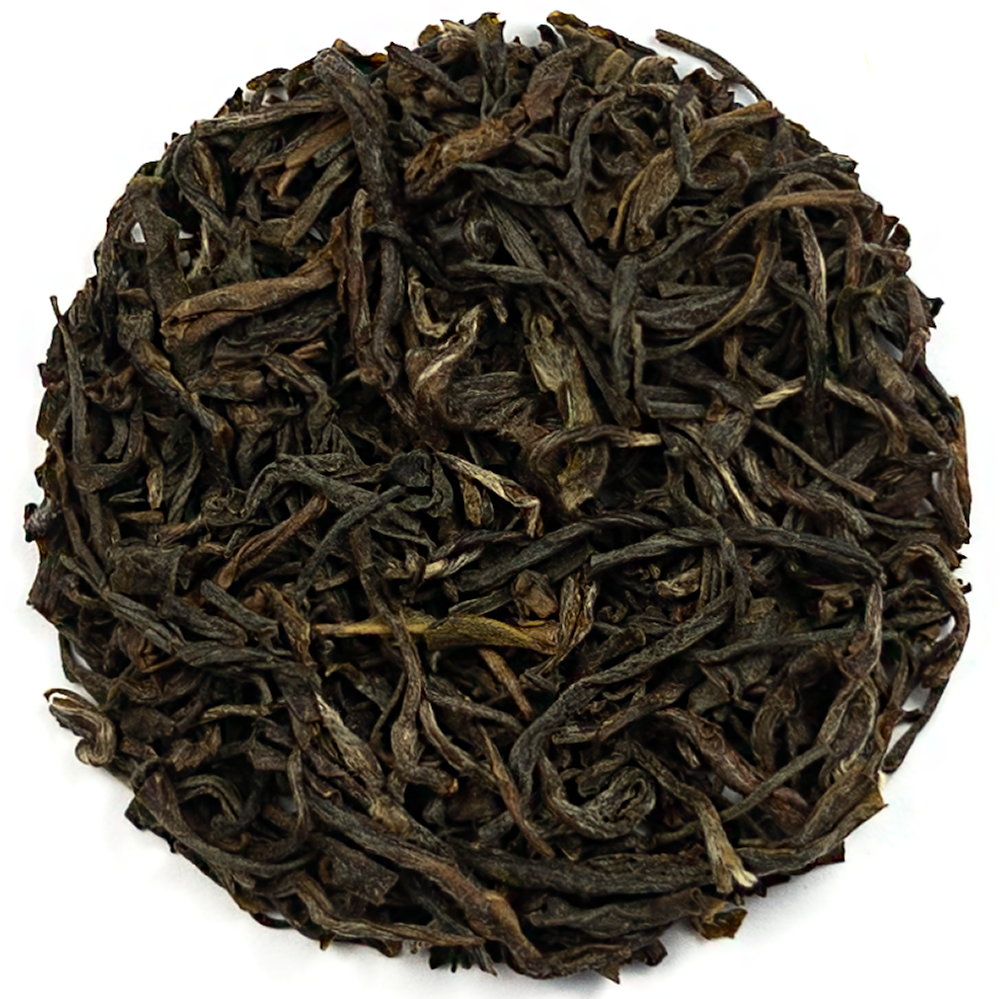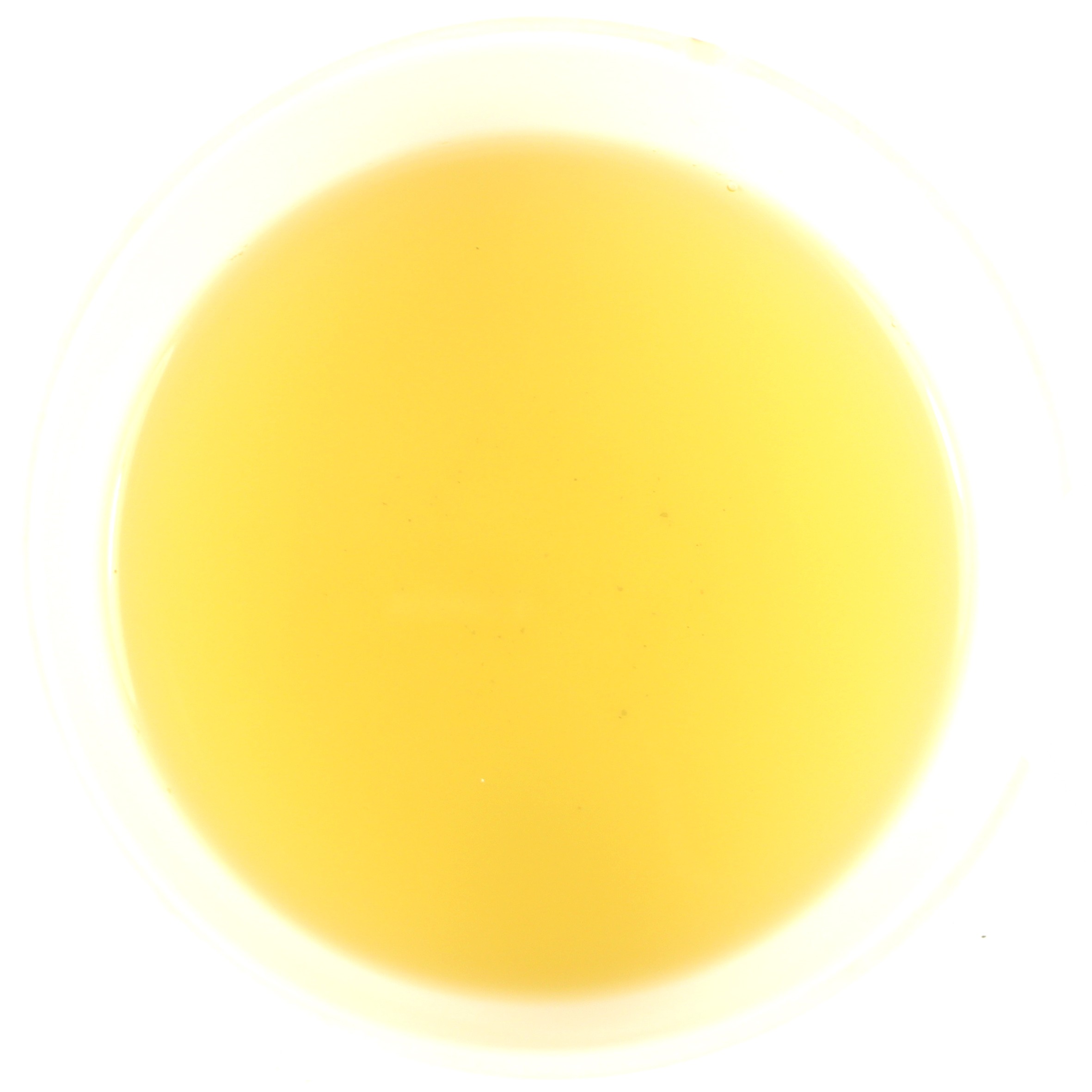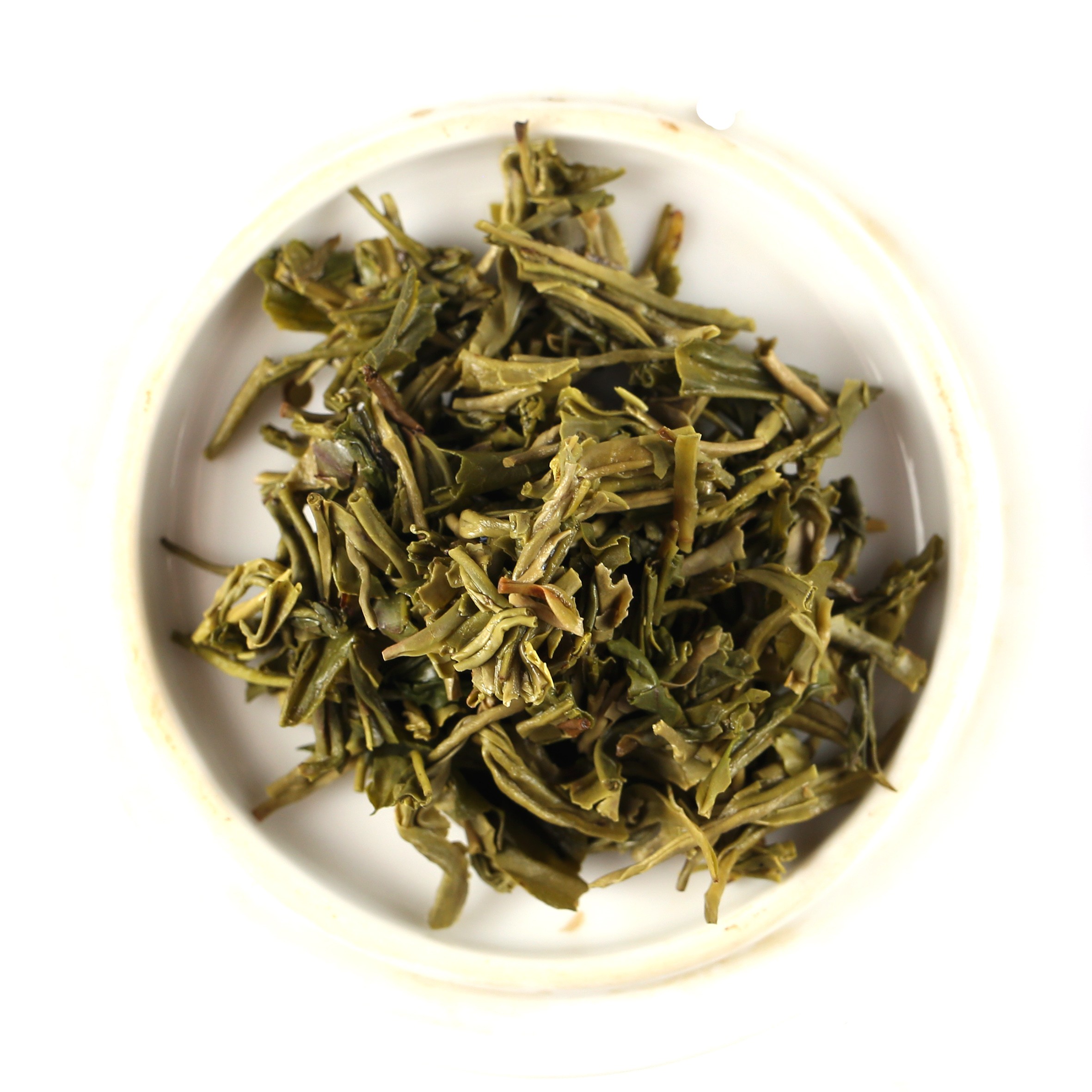Green Tea Brewing Guide

1 Teaspoon
Add 1 teaspoon per person and one for the pot.

70⁰c - 80⁰c
Boil using fresh water, at a temperature of 70⁰c - 80⁰c.

2 - 3 Mins
Steep for 2-3 minutes, depending on personal preference.
About Product
-
Product Description
Mao Jian Hunan Green Tea comes from Hunan province, China. Though the production of Mao Jian Tea first took place in Henan, not Hunan, it has since spread to other provinces. It consists of a small, wiry green leaf with a slight curve. Such is its unique appearance, in fact, that many call it “eyebrow Tea”. When brewed, it has a delicately vegetal flavour.
This Tea, like most Green Teas, has extraordinary benefits when consumed as part of a healthy and active lifestyle. It can boost the metabolism of fat cells, aid digestion, improve cardiovascular health and reduce the risk of developing type-2 diabetes. Most people, however, choose to drink Mao Jian Hunan Green Tea because it tastes great. We pack it fresh to order.
Hunan Province and Tea
Hunan, a landlocked province on the southern bank of the Yangtze river, neighbours Guangxi to the southwest, Guizhou to the west, Hubei to the north and Jiangxi to the east. Its mountainous landscape and warm yet temperate climate ensure quality high-grown China Green Tea. Our Mao Jian Hunan Green Tea is, of course, no exception.
Hunan is the second largest producer of Loose Leaf Tea in China. Some of its most famous beverages include Hunshan Yinzhen (silver needles), Dark Black Brick Tea, Huang Ya (a type of Yellow Tea) and, indeed, Mao Jian Hunan Green Tea. While The Kent and Sussex Tea and Coffee Company stock many China Green Teas, this one is one of our personal favourites.
Helpful Information
Type of Tea: Green Loose Tea.
Origin: Hunan, China.
Brewing Instructions: Brew with fresh water at temperatures between 75 and 80 degrees. Infuse for 2 to 3 minutes, being sure not to burn or over-brew the leaves.
How to Serve: Some may add lemon to this Tea. However, most enjoy it without accompaniments.
Tasting Notes: Embrace sweet, vegetal, herbaceous flavours with a smooth aftertaste.
Colour in Cup: Yellow liquor, light in tone.
Mao Jian Hunan Green Tea Benefits
The antioxidants in Mao Jian Hunan Green Tea can afford protection against a variety of skin disorders. This is according to a report published in the Journal of the American Medical Association of Dermatology in 2000.
Additionally, it contains anti-inflammatory properties capable of reducing skin swelling. Although not yet proven, there is even the possibility that it might protect against sun damage.
-
Delivery Information
We offer reliable delivery services through Royal Mail to ensure that your orders reach you on time.
Here are the main points you should be aware of:
- Standard UK Delivery: £3.95 excluding delivery charge.
- Delivery Times: Orders are processed and dispatched within 2-5 working days but they may take longer during busy times. It is worth noting that all our orders are packed by hand in order to maintain the quality.
- Free Delivery: We are delighted to provide free shipping for UK orders over £35*. Moreover, customers from Europe can enjoy free shipping for any purchase above €75*. Furthermore, we offer free delivery in the USA for all purchases exceeding $125*. Please note terms and conditions may apply.
- Tracking: When your package is sent you will receive a tracking number via email so as to keep tabs of its progress.
International Shipping
We do ship worldwide meaning our products can be accessed by anyone around the world.
Here are some important details:
- Delivery Times: International deliveries vary based on destination, generally taking between 7-14 working days.
- Shipping Costs: International shipping costs are calculated at checkout based on your location and weight of your order. View full delivery charges for your location.
- Customs and Import Duties: Remember customs or import duties may exist depending on regulations in your country; these charges are borne by the customer.
Returns Policy
Your satisfaction is our top priority, however if for any reasons you’re not completely happy with your purchase, simply follow our returns procedure:
- Eligibility: Items returned within 30 days of receipt must remain unopened and in their original condition.
- Process: In order to return an item contact our customer service department using your unique order number after which detailed instructions will be given concerning returning them back to us securely.
- Refunds: Our aim is to refund you within 5-7 working days upon successful reception of returned goods. The refund amount will be credited to your original payment method.
For any other Enquiries or help please contact our Customer Support Team always at your service.
-
Product Reviews

 Loose Leaf Tea
Loose Leaf Tea Pyramids
Pyramids Tea Bags
Tea Bags Africa
Africa Assam
Assam Ceylon
Ceylon Chinese
Chinese Darjeeling
Darjeeling European
European Indian
Indian Japan
Japan Nepal
Nepal South East Asia
South East Asia Ayurveda Tea
Ayurveda Tea Black Tea
Black Tea Chai Tea
Chai Tea Flowering Tea
Flowering Tea Fruit Tisanes
Fruit Tisanes Green Tea
Green Tea Herbal Tea
Herbal Tea Matcha Tea
Matcha Tea Oolong Tea
Oolong Tea Organic Tea
Organic Tea Pu erh Tea
Pu erh Tea Rooibos Tea
Rooibos Tea White Tea
White Tea Asian Coffee
Asian Coffee Caribbean Coffee
Caribbean Coffee Central American Coffee
Central American Coffee South American Coffee
South American Coffee Coffee Blends
Coffee Blends Decaffeinated Coffee
Decaffeinated Coffee Espresso Coffee
Espresso Coffee Ethically Sourced Coffee
Ethically Sourced Coffee Flavoured Coffee
Flavoured Coffee Organic Coffee
Organic Coffee Single Origin Coffee
Single Origin Coffee Chocolate 1
Chocolate 1 Chocolate 2
Chocolate 2 Chocolate 3
Chocolate 3 Chocolate 4
Chocolate 4 Chocolate 5
Chocolate 5 Chocolate 6
Chocolate 6 Chocolate 7
Chocolate 7 Chocolate 8
Chocolate 8 Chocolate 9
Chocolate 9 Loose Tea Filters
Loose Tea Filters Tea Accessories
Tea Accessories Tea Bricks
Tea Bricks Tea Caddies
Tea Caddies Tea Caddy Spoons
Tea Caddy Spoons Tea Gift Ideas
Tea Gift Ideas Tea Infusers
Tea Infusers Tea Strainers
Tea Strainers





